One Number Update: Current State of Homelessness in Charlotte-Mecklenburg
Mecklenburg County Community Support Services first released the “One Number” in 2019 as part of the annual Charlotte-Mecklenburg State of Housing Instability & Homelessness Report. Since its initial release, the One Number has become the “go-to” number for how many people are experiencing homelessness in Charlotte-Mecklenburg. The One Number is found on the Housing Data Snapshot, a hub for the latest information related to housing and homelessness in Charlotte-Mecklenburg. Generated from a By-Name List within the Homeless Management Information System (HMIS), the One Number captures the number of people enrolled in Emergency Shelter, Transitional Housing, Street Outreach, Rapid Re-housing (if there is no move-in date to housing yet) and Coordinated Entry project inventories in HMIS. The One Number includes both sheltered homelessness and a portion of individuals experiencing unsheltered homelessness in Charlotte-Mecklenburg. In addition, the One Number can be broken down by both household composition and population type; elements include single individuals, families, unaccompanied youth, veterans, and people experiencing chronic homelessness. The One Number can also be analyzed by inflow to, and outflow from, homelessness. By comparing One Number data over time (including by household composition and by inflow/outflow), the community can identify trends. Once identified, these trends can then inform interventions. We are excited to share today the latest One Number update, which includes a complete refresh of all historical One Number data; trends and analysis; and what this means for Charlotte-Mecklenburg.

